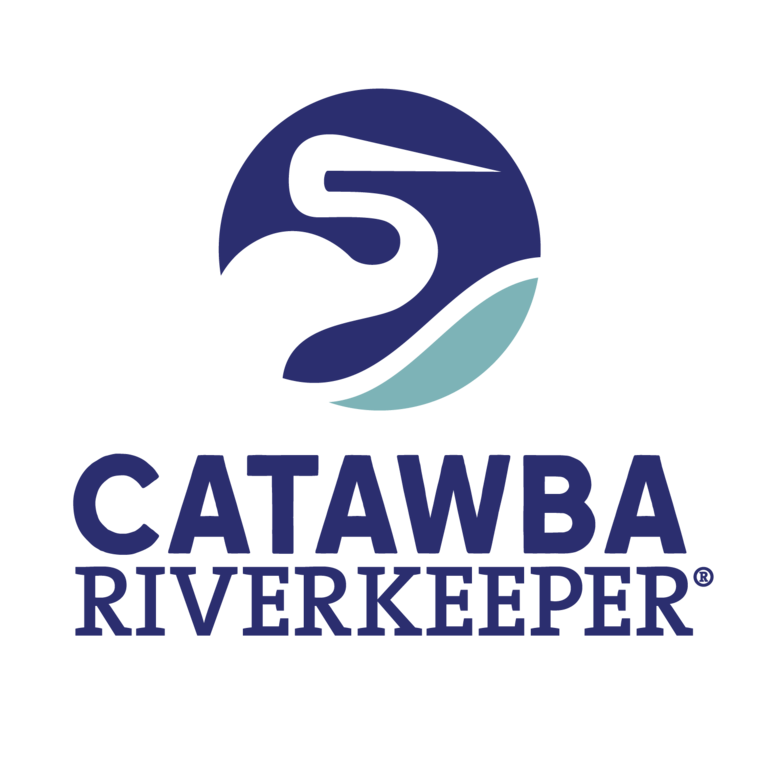Interbasin Transfer (IBT)
What is an IBT?
An Interbasin Transfer (IBT) happens when water is withdrawn from one river basin and used in another. This process supports water supply needs in growing communities but also changes how water naturally flows through watersheds. IBTs are carefully regulated in North Carolina to balance development, environmental health, and long-term water availability across regions.
Why Do IBTs Happen?
Interbasin transfers are usually planned to meet water needs that local supplies can’t fully cover. Utilities and planners may turn to IBTs for a few key reasons
- Population growth — When an area grows faster than its available water sources, an IBT can help bridge the gap.
- Drought resilience — Access to water from another basin can provide a safety net during dry years.
- Geography of service areas — Some utility systems already span more than one river basin, meaning daily operations naturally move water across boundaries.
- Economic and public health needs — Supplying businesses, schools, hospitals, and homes reliably can be a driver for regional transfers.
In short: IBTs are one tool in the water-management toolbox. They can support growth and stability, but they also require careful planning to protect the health of both the source and receiving basins.
IBTs in the Catawba-Wateree Basin
The Catawba-Wateree River Basin which supplies water to over 2 million people has been affected by several IBT projects. Some notable examples include:
Charlotte Water’s IBT: Transfers water from the Catawba River to the Rocky River Basin (part of the Yadkin system) to serve portions of Union County'
.
Concord-Kannapolis IBT: Moves water from the Yadkin River and the Catawba River Basin.
.
Why Is Charlotte Water wanting to Modify it's IBT?
Charlotte Water's current IBT certificate, issued in 2002, allows for up to 33 MGD to be transferred from the Catawba River basin to the Rocky River basin
Serving rapidly growing parts of Mecklenburg and surrounding counties.
This certificate was expected to last until 2030 but growth is outpacing predictions. Leading to them petitioning for an increase
How to get involved
Catawba Riverkeeper would like to publicly thank the following partners for their involvement with this plan: NC Land and Water Fund, Foothills Conservancy of North Carolina, Lake James Environmental Association, Western Piedmont Council of Governments, A Clean Wilson Creek, Friends of the Valdese Rec, Duke Energy, the Catawba Wateree Water Management Group, and Waterkeeper Alliance.
Support Our Foundation
Let's protect the Catawba River!
The Catawba Riverkeeper Foundation is working towards clean, plentiful water now and for generations to come.





